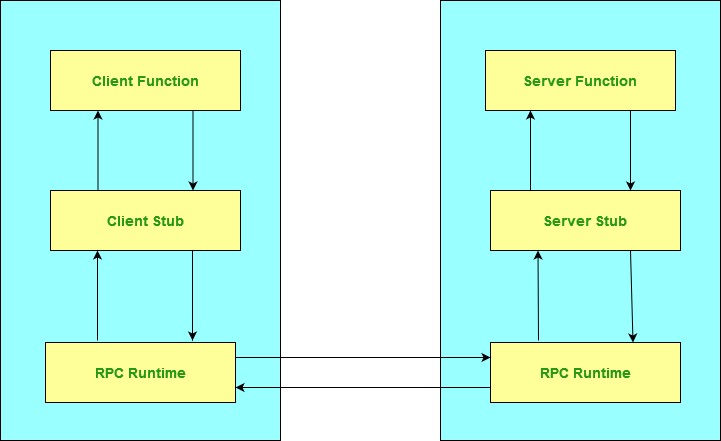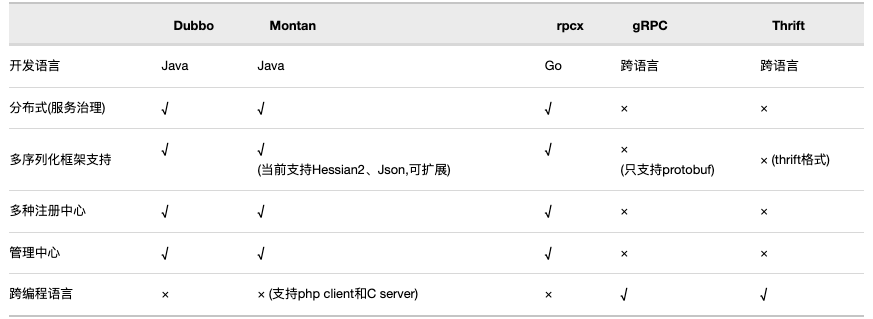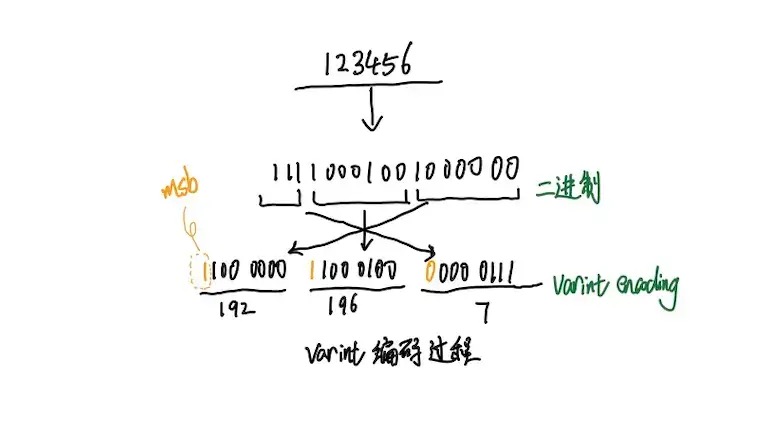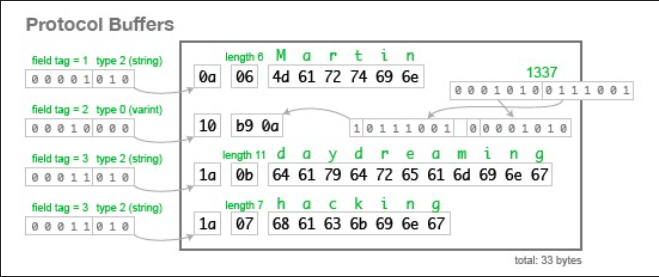rpc
Compare gRPC services with HTTP APIs
Use Binary Encoding Instead of JSON
HTTP/2 and gRPC — The Next Generation of Microservices Interactions
Compare gRPC services with HTTP APIs
Comparing API Architectural Styles: SOAP vs REST vs GraphQL vs RPC
Schema evolution in Avro, Protocol Buffers and Thrift
what: remote procedure call, used for communicate. between process

basic component:
- serilization
- transport: tcp
rpc框架比较:

use
what: 依赖于protoc 文件;
server: grpc server, handler client: grpc connect
code:
|
|
grpc.methods:
|
|
restful vs rpc
same:
- client-side
- based on http, tcp
differ:
-
function vs resouce: 抽象方式
- rpc: action(function)-oriented: operatioon= call local funtion 处理各种类型操作;
- http: resouce-oriented: operaiton= curd resource, 不擅长处理非crud操作
-
data-format:
- rpc: binaryformat
- rest: text-format
-
advanced:
- 服务注册发现
- 负载均衡
- streaming
why use rpc in microserve:
- fast: binary foramt, less size.
- more safe: schema, type safety
- more advanced:
- code generation
- service discovery
- load balance
- streaming
protobuf
what:
- one of date format,like json,xml
- 跨语言
vs json
differ:
- encode:
- text-eoncode(serilazion)
- binray-econde : lesss size
- type safety: 基于 schema实现type check, avoid unexpected behavior
how
- variant int
- Tag value to represent key value.
variant int
what: 使用最高位表示是否有更多byte 1: continue 0: end
pros: use less space when int is small;
example: 1

tag value
how: tagnumber -> key, length(optional), value
|
|
the used of tag number: identify the key


can grpc number duplicate: no, key is represent in a unique key number during encoding and decoding
protobuf
|
|
package: use in internal space,
how to use it
define
structure package: namespace service: a set of methods
|
|
convention:
- PascalCase for message name:
- snake case name file file
- PascalCase for service name and method
|
|
command
plugins:
- protoc-gen-go: how to encode/decode;
- protoc-gen-go-grpc: grpc client/server
command:
simple:
|
|
|
|
protoc –go_out=paths=source_relative:api api/hello/hello.proto
arguments:
–go_out=PATH: output direcotry; –go_out=pahts=source_relative/import:. the output directory is:
- import: import directroy
- source_relative: the proto file relative directory
grpc and http server
server: bind grpc service and protocServer
|
|
client: bind serverClient
|
|
load balancer
default methods for grpc
how:
- resolver: 解析URL, URL -> ip
- balancer: pick from subConnect
balance strategy:
1. round-robin
2. pick-first
3. custom
resolver:
|
|
balancer:
|
|
grpc advanced feature
stream;
-
what?
send: —> [request message]; receive: <- [reponse message];
send: [requestMsg1, reqMsg2]; response: [responseMsg, responMsg];
send mutiple reponse request/reponse at same time;

send:
|
|
receive:
|
|
-
本质是什么? 将一个大的请求/响应拆分成更小的请求/响应;
-
use case;
- 处理大量报表数据:报表数据;
grpc serverr
- use protoc to generate the necesssary file
- generate the server and client;
server:
|
|
client:
|
|